Le Louvre
The Louvre Palace is a former royal palace located on the Right Bank of the Seine in Paris, in the 1st arrondissement. Le Louvre is the world’s largest and renown museum, welcoming over 10 million visitors a year, or 15000 per day. An interesting point is that seventy percent of those visitors travelled from another country to see it. No wonder it is the third most visited site in France, the first two being the Eiffel Tower and Notre Dame Cathedral, and the fourth Château de Versailles.
The first official building on this location, was Le château du Louvre (Louvre Castle), a fortress built in 1190 by King Philip II, it became a royal palace in the 14th century under King Charles V after the city expanded and its fortress ruction became obsolete. You can still see the walls of the castle as you enter the Louvre. The castle was used by the kings of France as their main Paris residence. In 1546, Le Louvre underwent a transformation into the French Renaissance style, by King Francis I. He then went on to acquire what would become the centrepieces of the Louvre’s holdings, including Leonardo da Vinci’s Mona Lisa. It also became a great atelier for artists under Royal patronage, like Charles Le Brun, Jean-Honore Fragonard and Jean-Louis David. Upon the death of King Henri II, his mother, Catherine de Medici, famous for her influences on Château de Chenonceau and Chateau Fontainebleau, then created the Jardins de Tuileries directly opposite of the castle. Today it is a wonderful place to stroll and spend time with loved ones outside. After Louis XIV chose Versailles as his residence in 1682, the royal families move permitted the Louvre to be further as a residence for artists and literary salons.
This continued for another 100 years adding to the Royal family’s vast art collection and the building of the castle.
Delving back into the origins, the history of the word “Louvre” is still being debated. Some historians say the word originates as a leper colony, located on the outskirts of Paris. Another comes from “a den of wolves” or lupus, as the area would have originally been a thick forest, beside a swamp (Le Marais) The modern take on Le Louvre, is that it is a reference to the château’s grandiose nature through a play on the words “Louvre” and L’œuvre, the French for “the work” or art work. I suggest the correct one is the second description, a dens of wolves, as it was named well before it was a place of art. Let me explain.
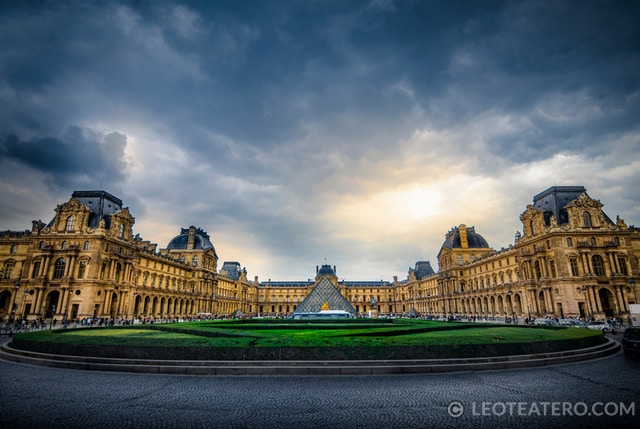
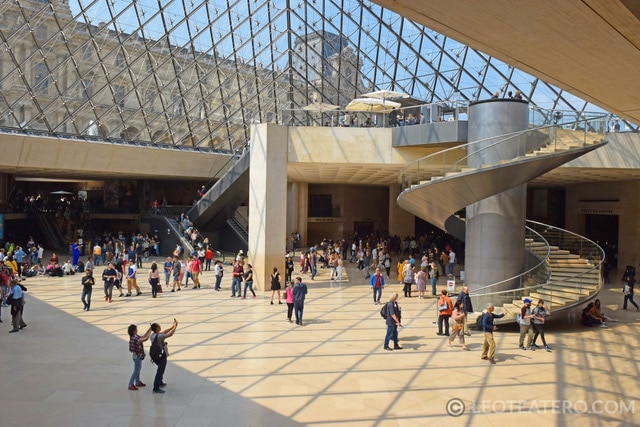
beneath the Pyramid
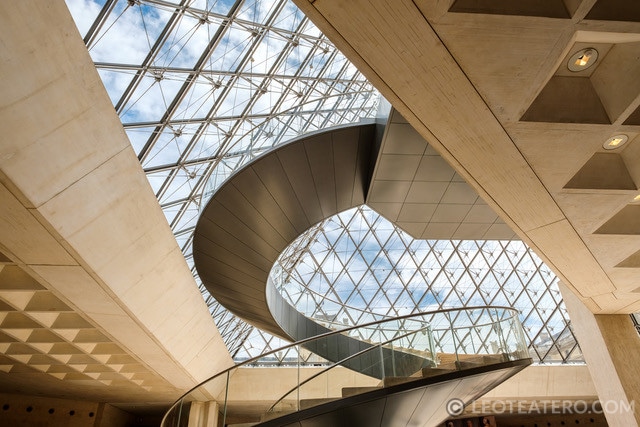
In 1792, the French Revolution removed the monarchy and decreed that the palace would now be the largest museum to house the national treasures and art collection and preserve the national memory. In 1793 Le Musée central des Arts opened exactly, one year to the day of the demise of the monarchy. Interestingly enough it was the French Republic under the direction of the Napoleon I and III that the Louvre was built into the structure we know today. The only major addition since was the glass pyramid entrance in the centre courtyard. This is the main entrance of the Louvre and I recommend you use it, as it is lovely to descend into the centre of the building in this manner. If you are arriving by metro, you can access the Louvre directly underground.
The Pavillon de l’Horloge
Located in renovated historic areas between the Cour Carrée and the Cour Napoléon, the Pavillon de l’Horloge welcomes visitors and takes them through the construction and transformation of the palace. From a royal household to artists residences, government offices and the seat of power and finally a museum. It is an interactive displays with archived documents, films, and artworks from the Louvre collections help tell the story of its history spanning just under a millennia.
Departments
Today, Le Louvre’s collections are displayed in a four-story building shaped like a U, which spans several city blocks containing over 652,300 square feet. The entire space is just shy of 15 acres and is divided into 3 wings (Richelieu, Denon and Sully) and 8 Departments. Although there are more than 380,000 pieces of art the majority of the works being royal and confiscated church property, housed at the Louvre, “only” approximately 35,000 are on display.
Near Eastern Antiquities
This collection are items originating from North Africa to the Black Sea through Arabia and as far as the Indian Ocean, Persian and Turkey to the east of the Mediterranean where some of the world’s first civilizations began. It houses the Code of Hammurabi, a well preserved Babylonian code of law of ancient Mesopotamia, dated to about 1754 BCE. It is one of the oldest deciphered writings in the world. Sarcophagus, winged human headed bulls and The Ain Ghazal Statue, one of the oldest items at the Louvre which dates 7000 BCE.
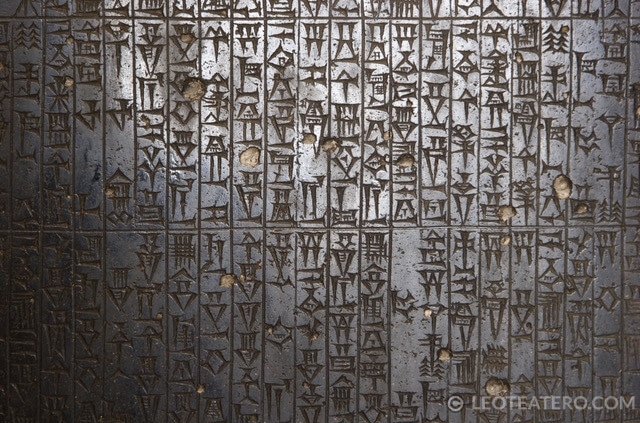
Egyptian Antiquities
This department is the largest of its kind, with masterpieces spanning thirty dynasties from 4000 BCE to the Byzantine Period (300 CE). Filled with mummies, clothing, statues, tools and cool pieces it is guarded by a huge Sphinx at the entrance. Highlights include the Chapel of the Tomb of Akhethotep, Bastet the cat headed Goddess, Twenty Squares (the Egyptian 3000-year-old board game) and statues of Akhenaton and Nefertiti.
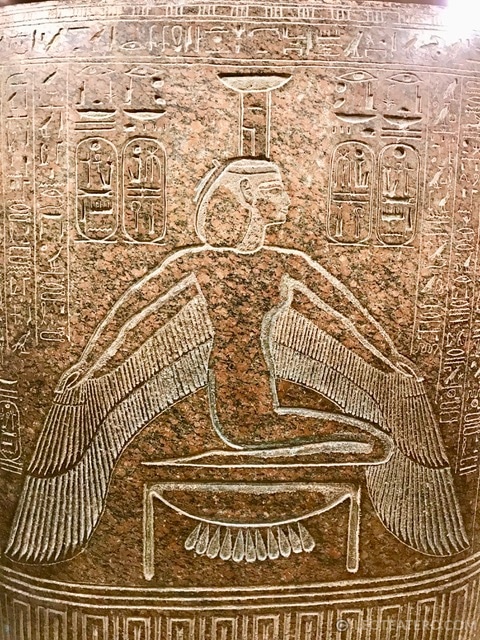
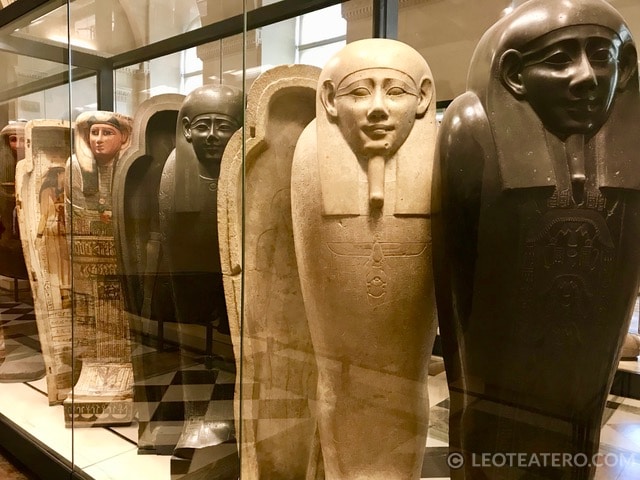
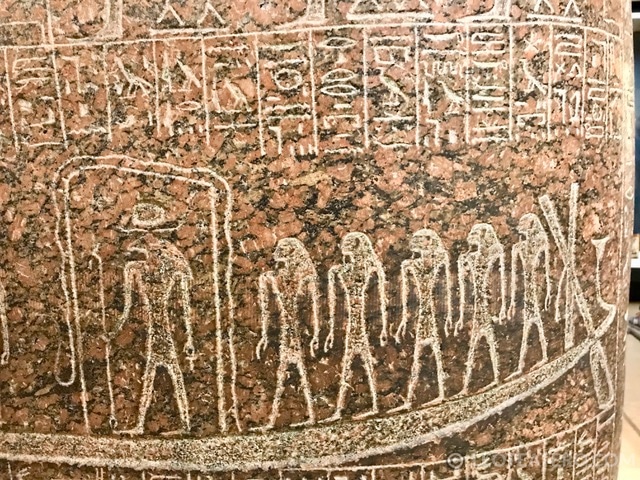
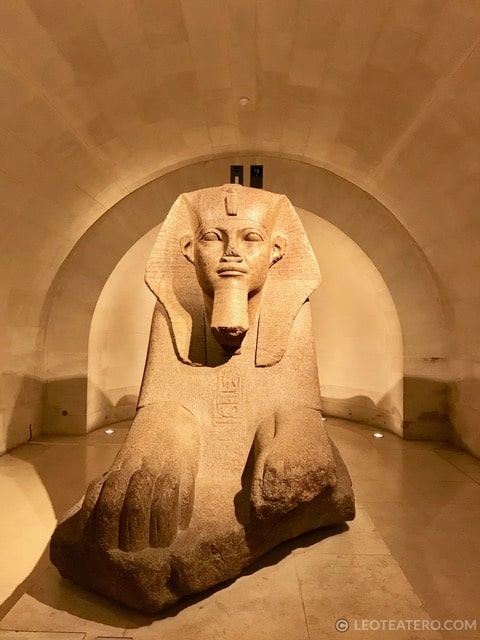
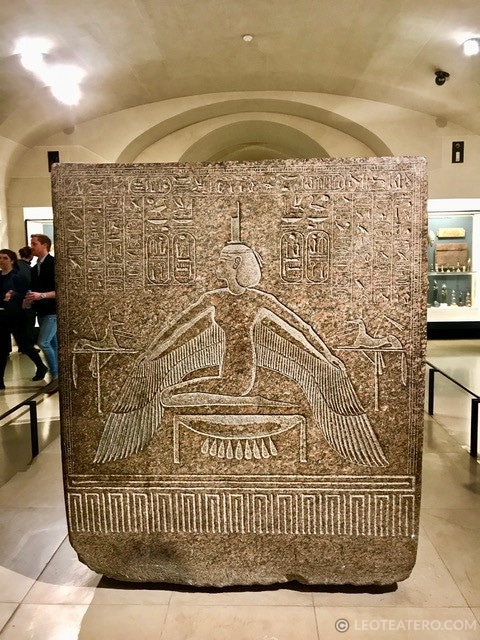
Greek, Etruscan & Roman Antiquities
It is everything you can imagine from the Italy, Greece and the Mediterranean basin spanning from the Neolithic Age (12000 BCE) to Alexander the Great to the fall of the Roman Empire. The Winged Victory of Samothrace (aka Nike of Samothrace), standing at the top of the huge marble staircase is something to see! It also houses Artemis, Goddess of the Hunt (aka Diane, the Huntress), the winged horse Pegasus in bronze, as well as potteries and portraitures.
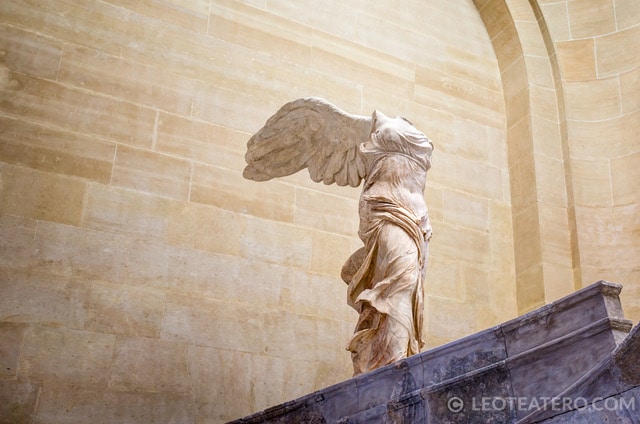
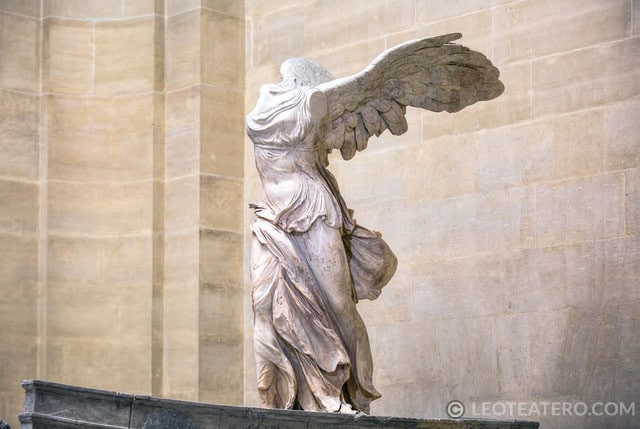
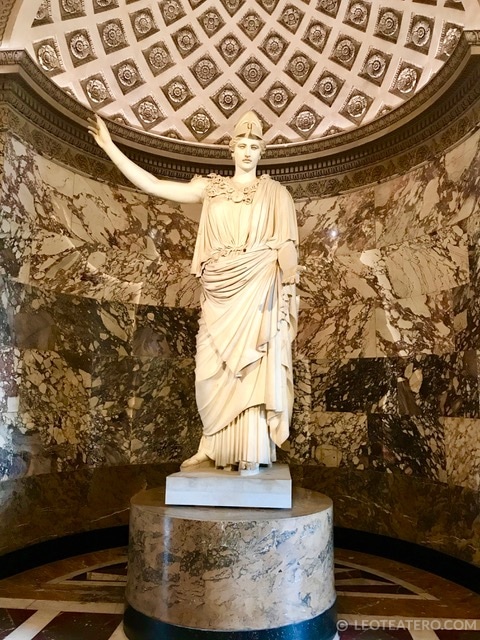
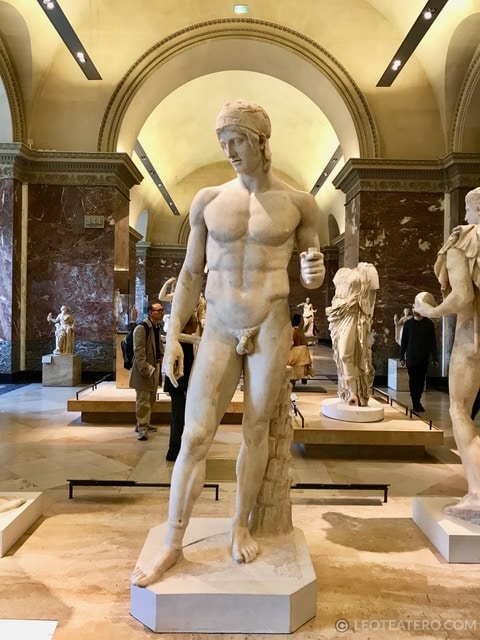
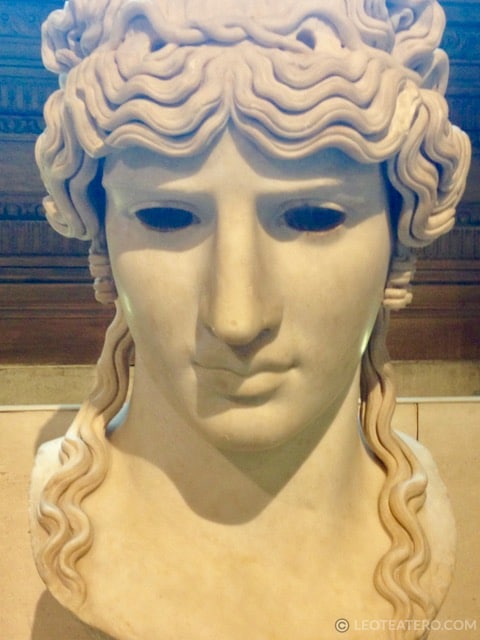
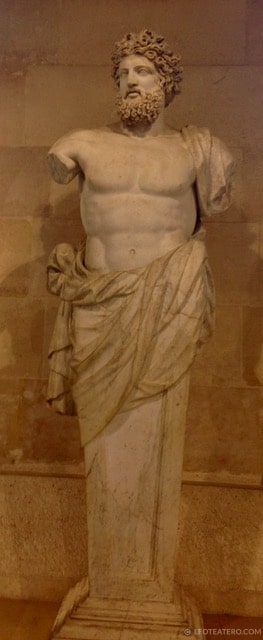
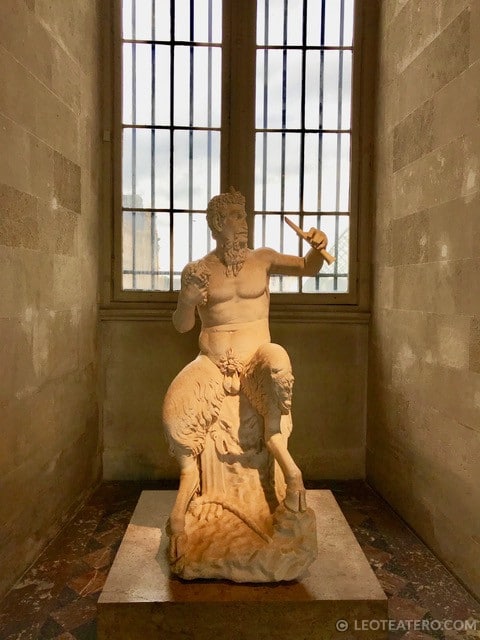
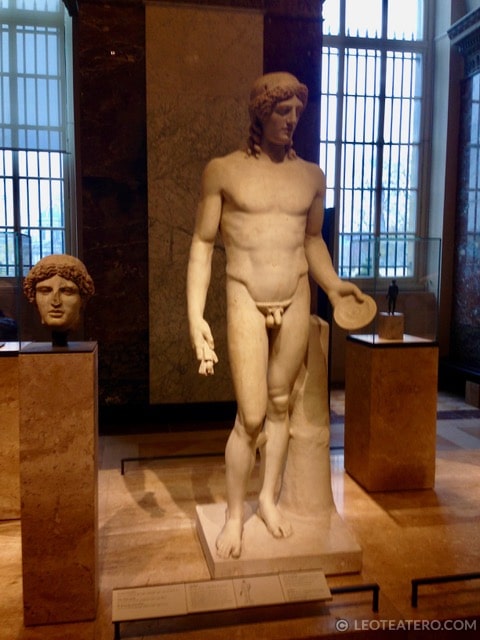
Islamic Art
This is the newest department of the Louvre and contains a vast collection of ceramics, glass, metal ware, wood, ivory, carpet, textiles, and miniatures, include more than 5,000 works such as the Celestial Globe, 1144 BCE (the oldest known globe of the Islamic world, which is astonishing accurate complete with the Milky Way), The Monzon Lion, a fountain spout dates to 12th century BCE Spain, the Shroud of Saint Josse, a silk weaving dating back 3000 years worn by a Camel-Prince from Iran and a double folio manuscript of the Qur’an, dating back to 700 BCE.
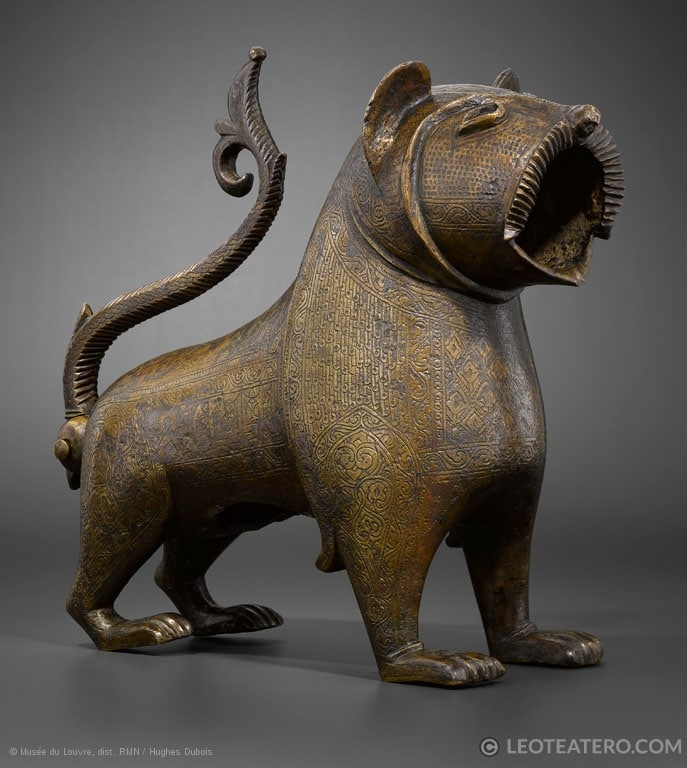
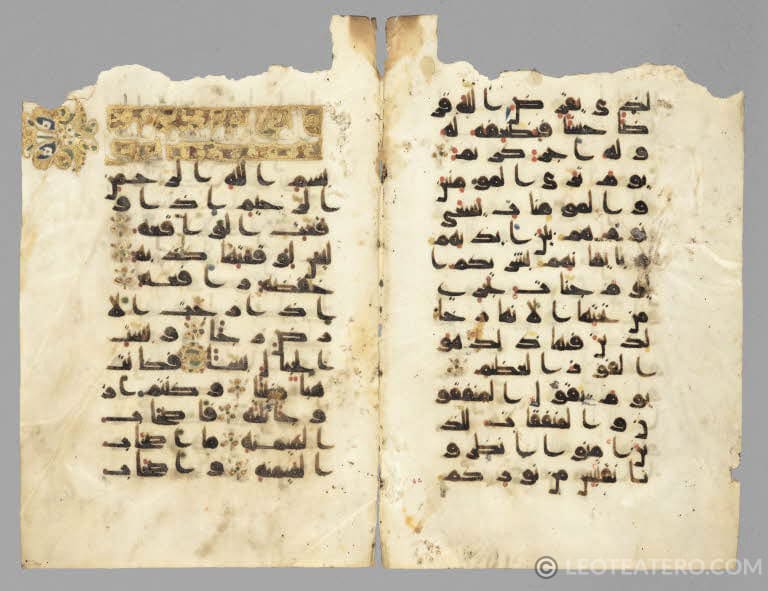
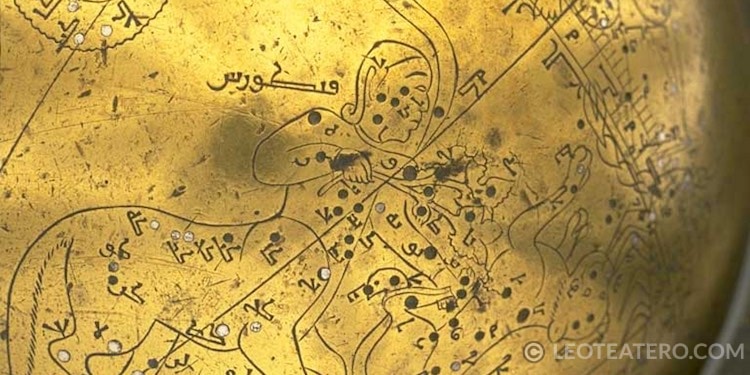
Sculptures
Thanks to the French Revolution many art treasures, including valuable sculptures, were seized from the wealthy by the government and placed in the Louvre. The sculpture department contains any work created before 1850 that does not fit into the other previous departments. It also includes the Sculpture Garden, my most favourite thing about Le Louvre. Some famous items here are the The Venus de Milo (Aphrodite) is here along with the Bust of Cardinal Richelieu in marble by the Italian sculptor Gian Lorenzo Bernini; Psyche Revived by Cupid’s Kiss, by Antonio Canova; and the two unfinished works entitled Dying Slave and Rebellious Slave by Michelangelo. You may also have noticed that I love sculptures and statues. There are so many unbelievable sometimes mammoth statues, that need a room unto themselves, like the Venus de Milo and The Four Captives, below:
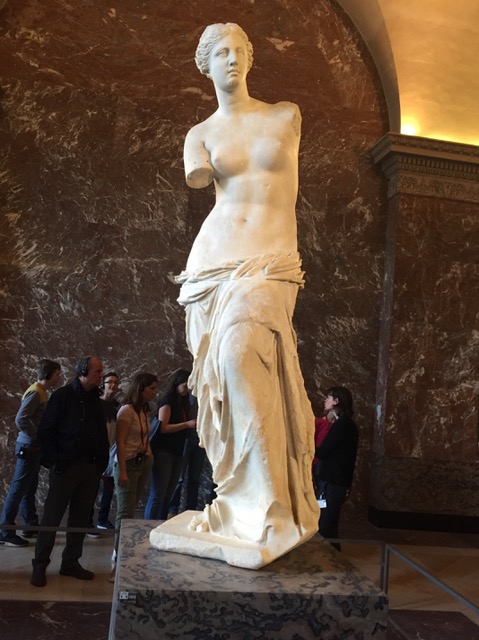
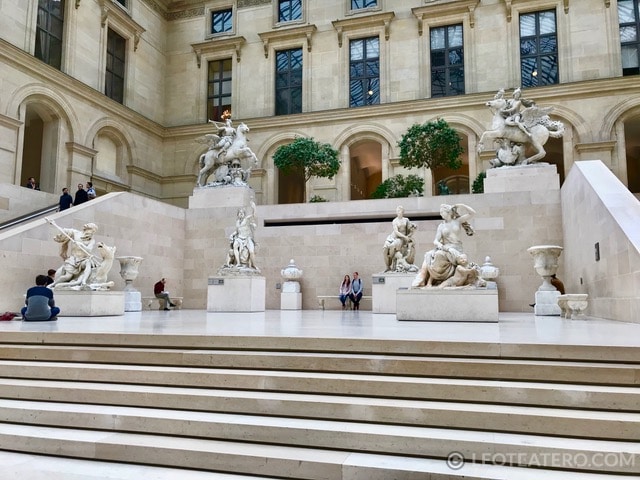
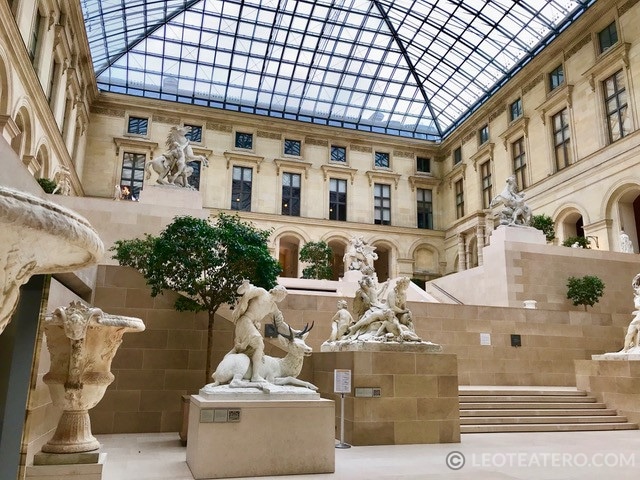
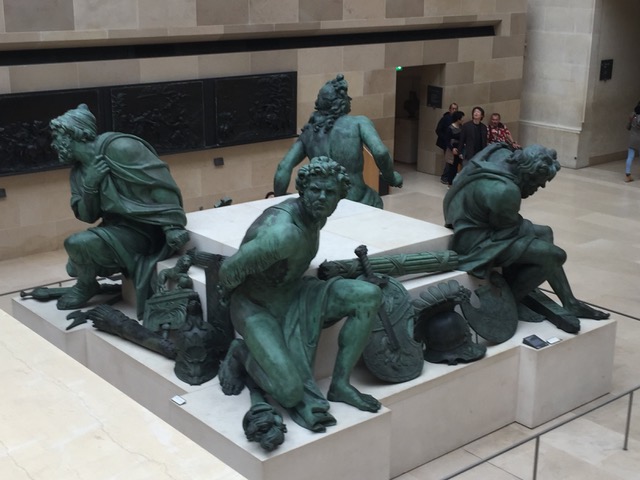
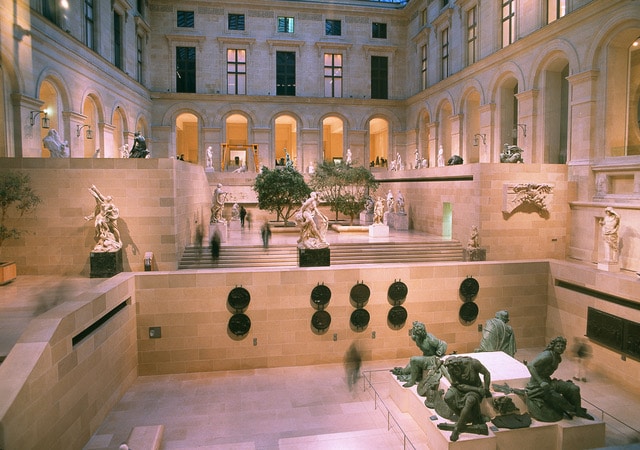
Spain, the Holy Roman Empire, Brandenburg, and Holland
Decorative Arts
This covers the time between the Middle Ages to the 19th century and houses Kings crowns, silk and gold tapestries, décor items, beautiful pottery Renaissance and Medieval Artwork and even Madame de Pompadour’s vase collection. Once the symbol of France’s ultimate power, the monarchy’s coronation crowns were custom made for each king; each decorated with an array of precious jewels. The Couronne de Louis XV (the crown of Louis XV) features pearls, emeralds, sapphires, rubies, and diamonds. The Duchesse of Angouleme’s Tiara, a dazzling crown, is decorated with diamonds and emeralds. And the Couronne de l’Impératrice Eugénie (crown of Empress Eugenie) outshines them all with 2,000 diamonds and 50 emeralds.
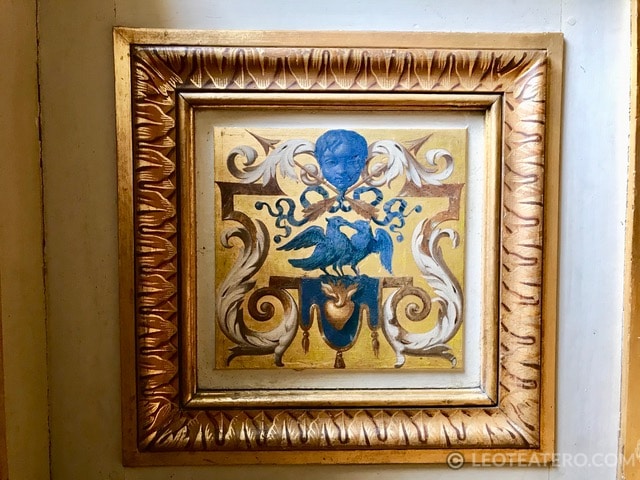
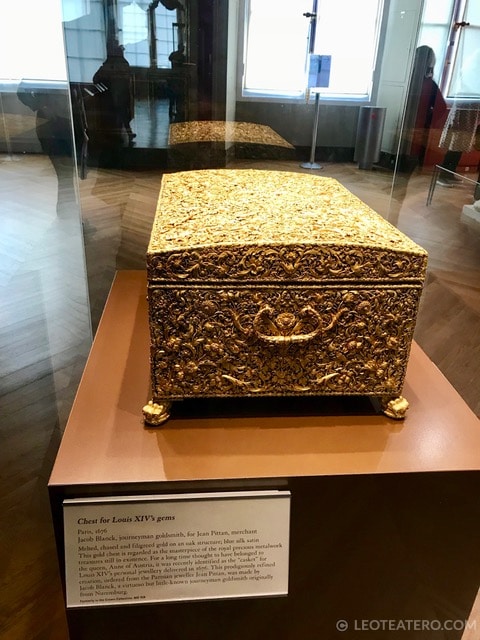
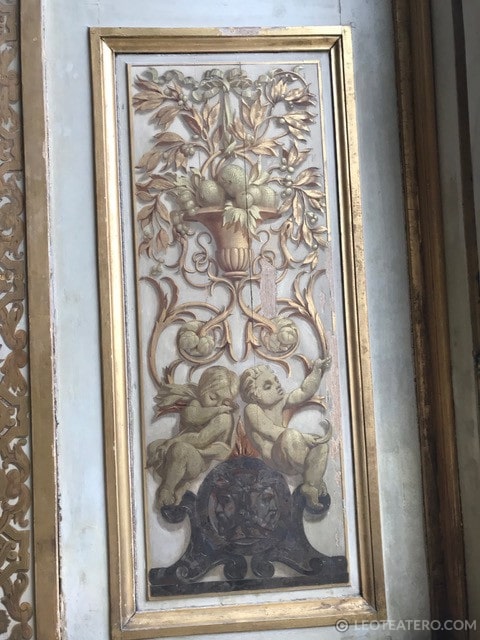
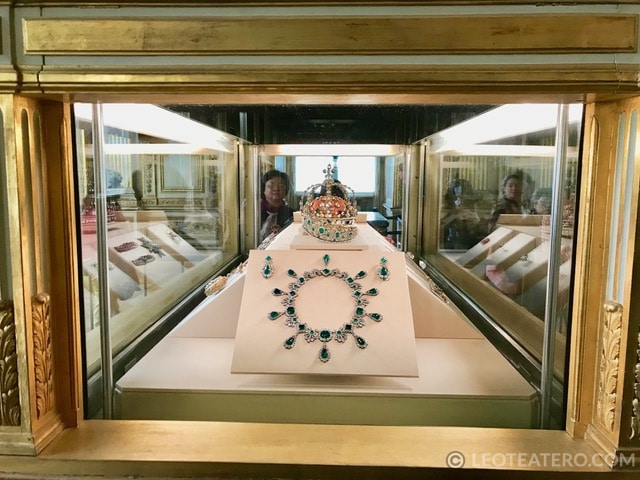
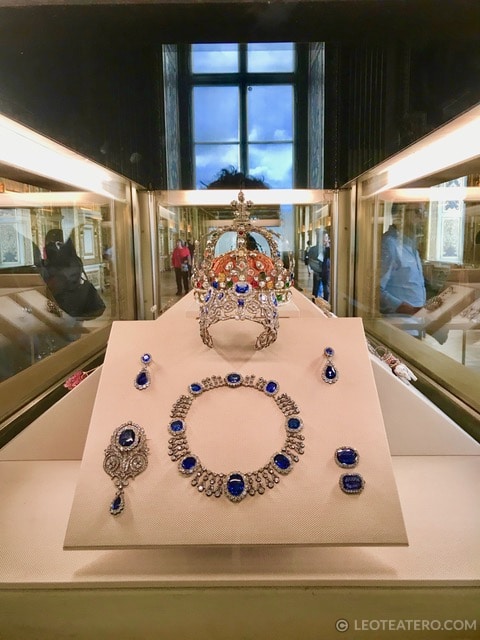
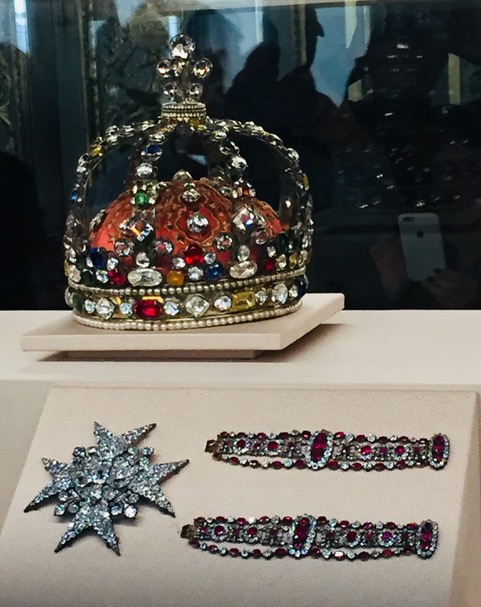
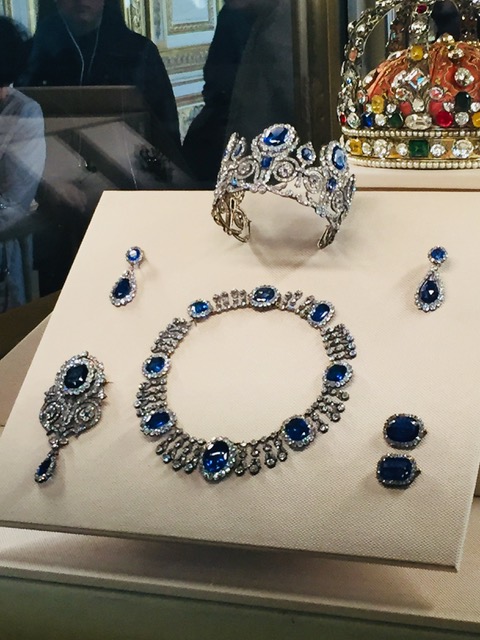
Paintings
When the museum was opened to public it had 537 paintings, there are now 7,500 paintings in the museum, of which about 66% are all done by French artists. The work spans from 13th century to 19th century works. Masters such as Picasso, Rembrandt, Rafael, DaVinci, Jacques-Louis David and Eugene Delacroix are here. Delacroix’s “Liberty Leading the People,” which depicts the bare-breasted Liberty goddess leading a charge in the French Revolution, and is thought to have in part inspired Victor Hugo’s “Les Misérables,” and Jacques-Louis David’s “The Coronation of Napoleon” commissioned by Napoleon himself and is a good reminder of the Louvre’s history and connections to its people
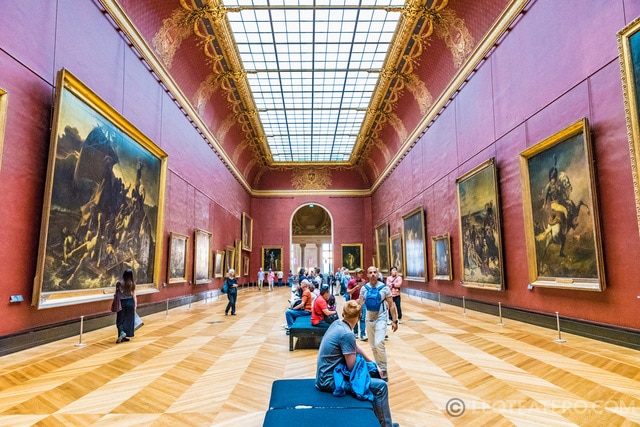
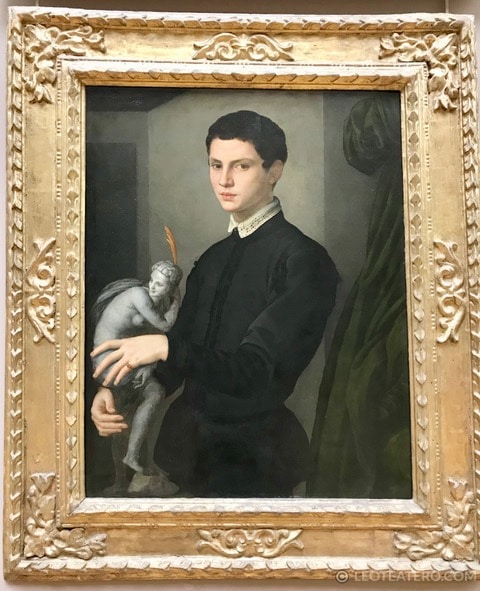
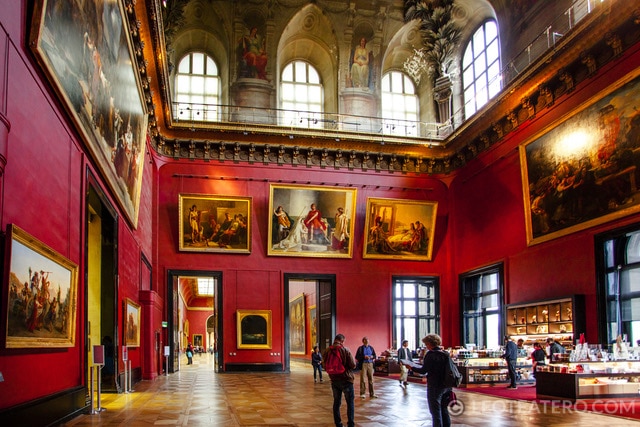
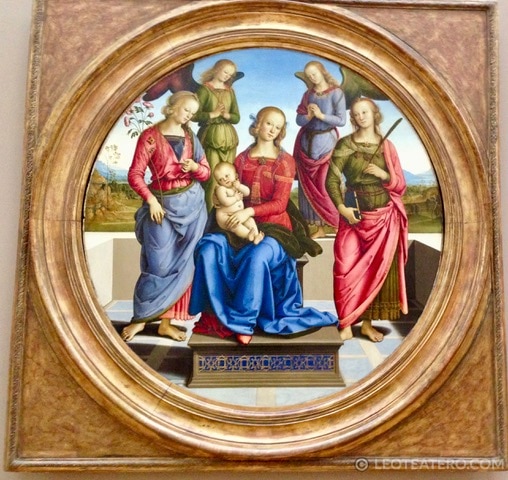
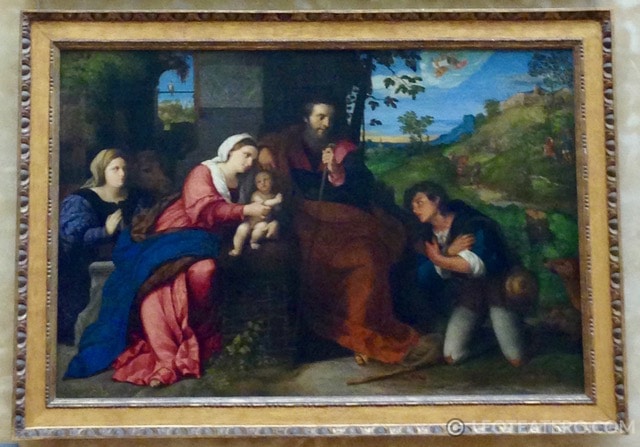
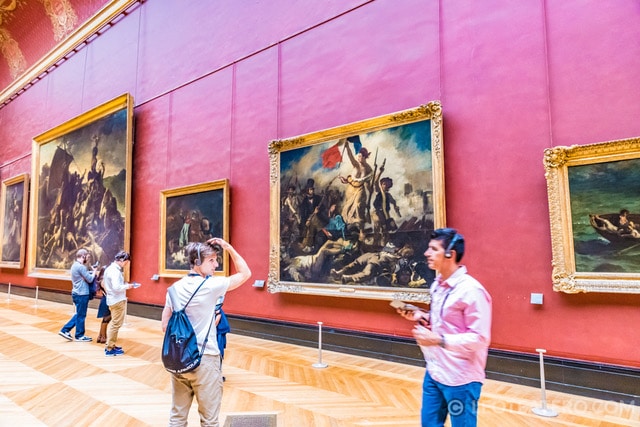
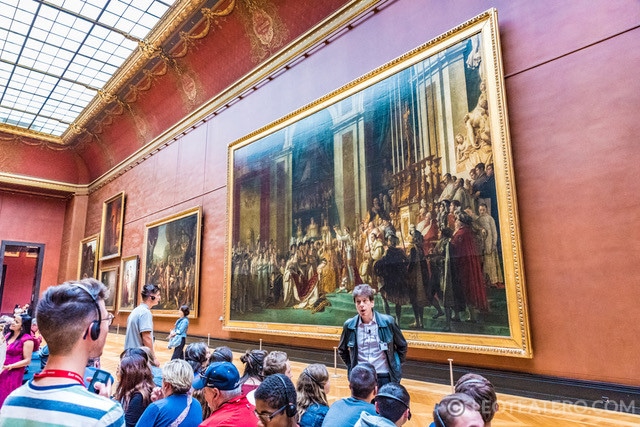
Prints & Drawings
This department encompasses all works on paper including the Cabinet du Roi (Kings drawings), 14,000 royal copper printing-plates, and the donations of Edmond de Rothschild, which include 40,000 prints, 3,000 drawings, and 5,000 illustrated books. Included in the collection are masterpieces by Rembrandt, da Vinci, Durer, Raphael, rare 15th century metal artworks created by Florentine goldsmiths and works illustrating the richness of 18th century French prints. One of the highlights of the collection are the 100 drawings and engravings by Rembrandt.
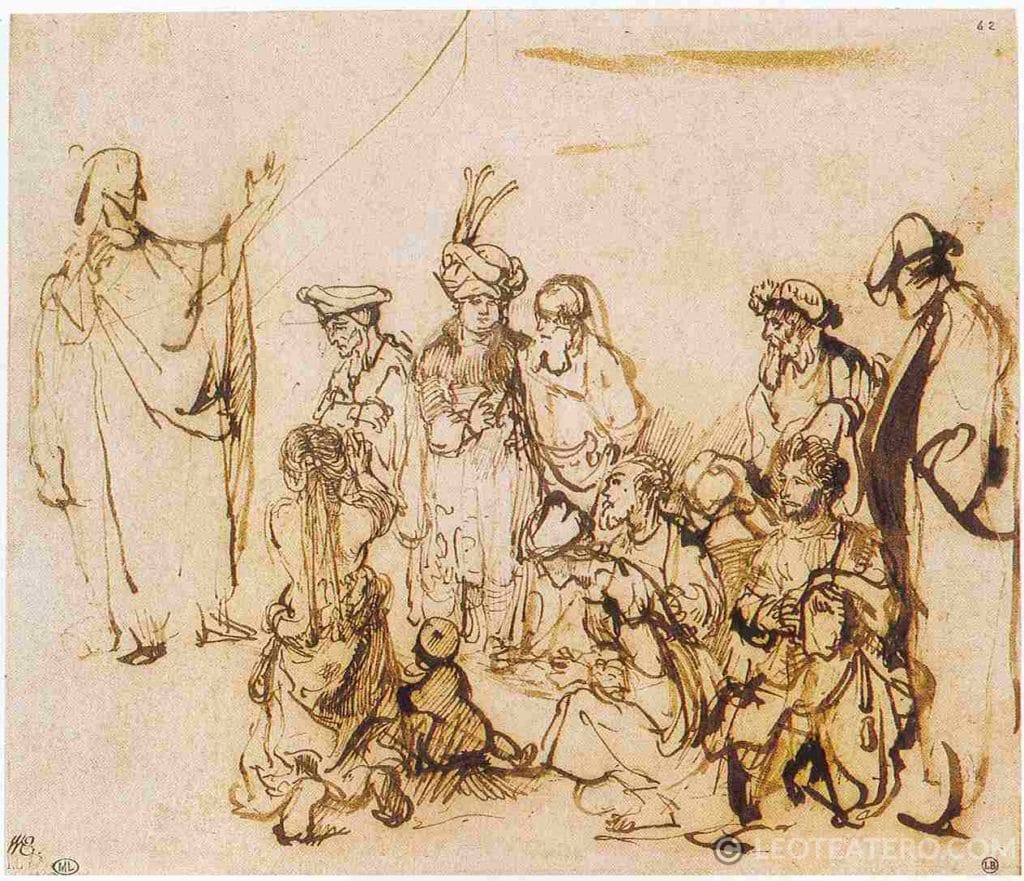
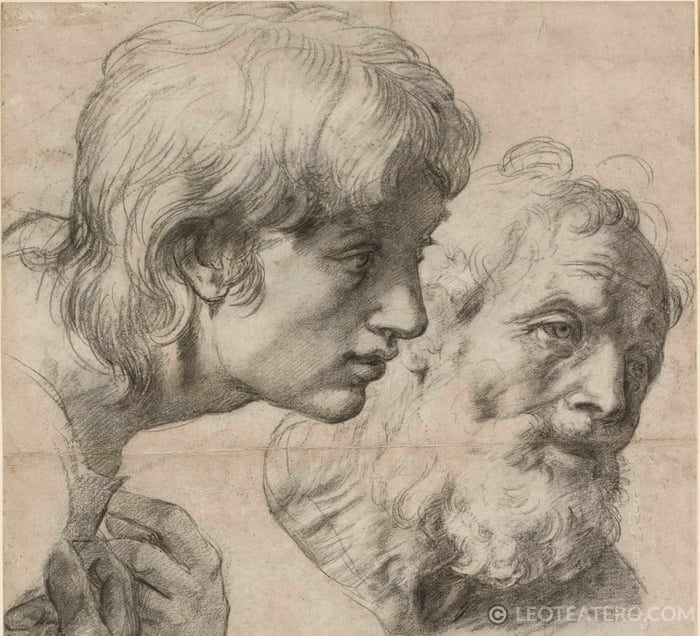
The history of the Mona Lisa
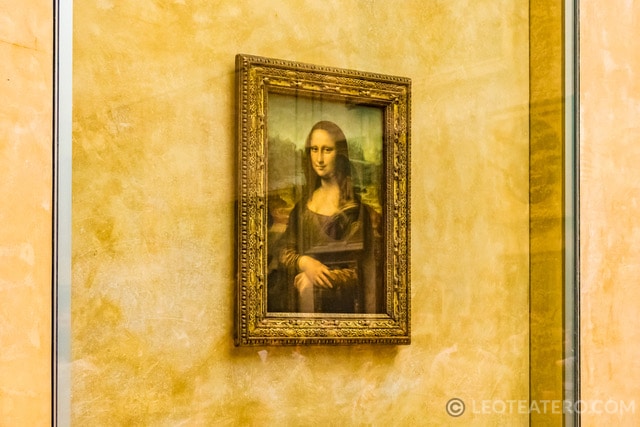
The Mona Lisa also has its own bodyguards and is protected by bulletproof glass. In August 1911, The Mona Lisa was stolen from the Louvre and was missing for two years. The thief was Vincenzo Peruggia, a handyman with a police record of robbery. After hiding in a closet until the museum closed, he then removed the painting from its frame, rolled it up and walked out with it inside his coat.
There were no security alarms at that time and it was 24 hours before anyone even noticed the painting was missing. Police searched Peruggia’s flat but didn’t find anything, despite it being hidden in the bottom of a trunk. Instead, they arrested the poet Guillame Apollinaire, who was soon released for lack of evidence. Picasso was even questioned. After a while, the media became interested in the tragic sinking of the Titanic and Peruggia decided it was time to sell the painting. Unfortunately, he tried to sell it to Giovanni Poggi, director of Florence’s Uffizi Gallery, and was immediately arrested. The painting went on a brief tour of Italy before returning to the Louvre. Peruggia served seven months in prison for his crime.
Mona Lisa’s identity is a mystery, and no-one has ever been able to come to a decision as to why she is smiling that way. Many believe she is the wife of Francesco del Giocondo, her real name is Lisa del Gioconda. Others believe Mona Lisa is a self-portrait and an allusion to Leonardo da Vinci’s sexuality and that the mischievous smile is in fact his own.
Some Helpful Hints
- Go early and beat the crowds. I like to go between 9am and 10am, spend two to three hours visiting and then have lunch. If you arrive in the afternoon the lineups are ridiculous. So buy your tickets in advance online, to skip the lines.
- Choose what you want to see in advance and create a plan. Or check out one of the many free downloadable online audio tours available from the Louvre. Here is the basic maps.
- Live in the Moment and stop taking photos of everything. Take a couple of photos, but don’t document your journey through it. Buy one of the many books, if you want a souvenir.
- Stay no longer than 3 hours or you will experience art fatigue. It is better to go twice for shorter periods of time.
- Dress appropriately as you are in Paris, in the most important museum in the world. Save the hoodie and sweatpants for home and wear something chic but comfortable.
- The departments are colour coded to help you navigate what is a vast and potentially confusing space, so don’t be overwhelmed with the amount to see.
- The Louvre also has an excellent apps with maps, information and tips on how to understand the art you’ll see there on line. There are a thousand other discoveries to be made, if you explore all the museum has to offer.
The Louvre is also home to several restaurants and cafes, but the best one is Café Marley. Located on the east wing, this restaurant serves excellent food and is open to the public all day long. They even have an exterior terrace facing the interior pyramid and the Napoleon Court. Smartly dressed staff and a beautiful art deco decor round off this wonderful spot. I’ve eaten here a few times and it is always great, but I recommend sitting outside. There are three other restaurants: Café Mollien, found on the first floor of the Denon Wing, Café Richelieu Angelina in the Richelieu Wing and Located underneath the Pyramid, Café Grand Louvre, located under the Pyramid.
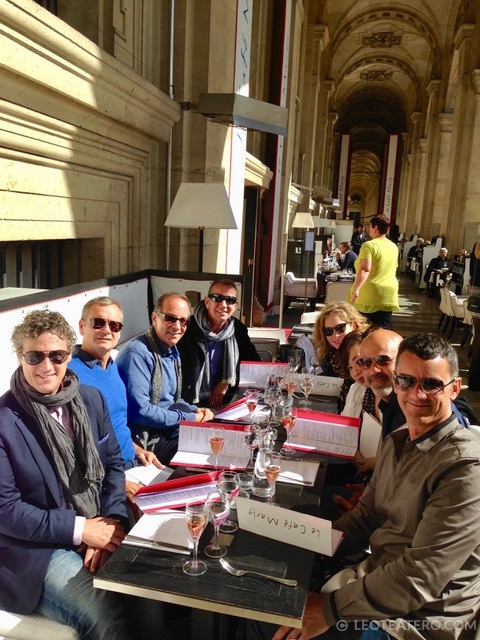
Le Louvre is open every day (except Tuesday) from 9 am. to 6 pm. It is open later in the evening on Wednesday and Friday until 9:45 pm. Sundays in October – March: free access to permanent collections on the first Sunday of each month. Rooms begin closing 30 minutes before museum closing time. Le Louvre is closed every Tuesdays, along with three French Holidays: January 1, May 1, December 25. The metro lines are 1 and 7 to Palais-Royal Musée du Louvre. The cost of entry is 18 Euros, but the museum is free the 1st Saturday of every month as well as every Friday night from 6pm to 9:45pm for anyone under the age of 26. Be sure to check the events calendar to see if there are any special events or exhibitions taking place during your visit. Currently, there is a special exhibition on Leonardo Da Vinci, which requires special access tickets. So do read the website before booking to ensure you buy the right tickets.
By car, the entrance to underground garage is on avenue du Général Lemonnier and is open from 7am-11pm. By Batobus (the river boats on the Seine), exit at the Louvre stop at quai François Mitterrand.
By train travelling from Paris Orly Airport take the RER C to Champs de Mars-Tour Eiffel. Get off at Saint-Michel-Notre-Dame. Walk to the Place Saint-Michel and take bus no 27, direction Saint-Lazare. Get off at the Louvre in front of the Pyramid. By train travelling from Charles de Gaulle take the RER B train, direction Massy-Palaiseau. Change for the Metro line at Châtelet-les-Halles (line 14), direction Saint-Lazare. Get off at Pyramides station and walk to the Louvre from there.
While Le Louvre may not be my favourite castle, it remains is my favourite museum. I’ve spent many mornings wandering around the Louvre and really took the time to look at what is one of the most astonishing full spectrum of beautiful and breathtaking art. If you only have time to visit one museum when in Paris, make it the Louvre. It has the most variety of over-the-top art, hands down. I have been to the Louvre over 10 times and every time I go, I see things I have never seen before. I encourage you to the do the same.
Vivre ma France,

1 Comments
Receive the news in your emailbox
If you like this articles , you can subscribe to our weekly newsletter.

Love the Louvre! You can go dozens of times and never see the same thing twice!